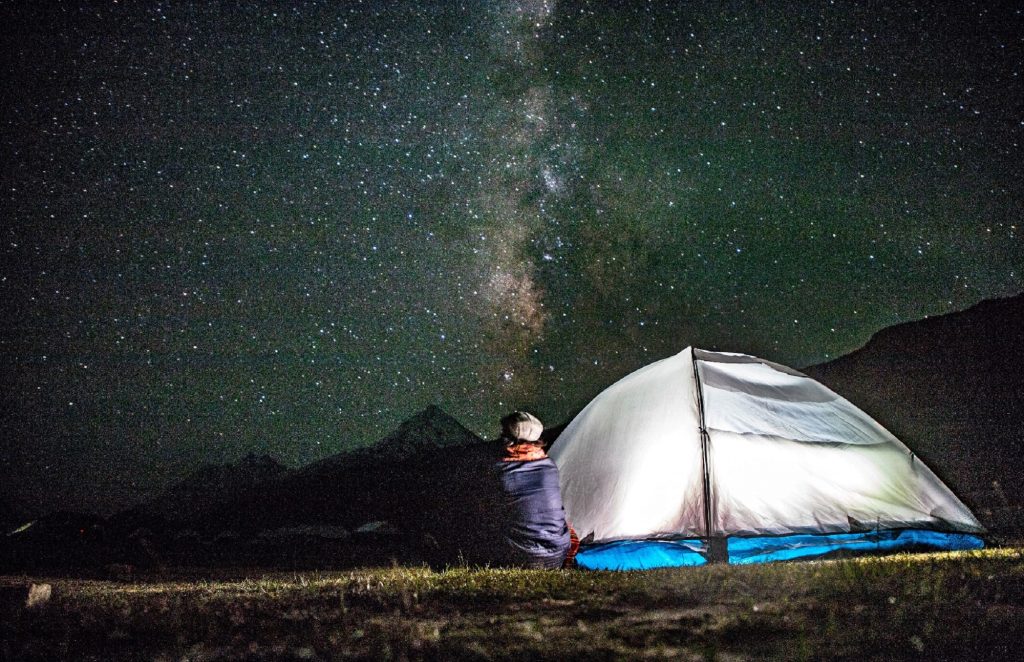When it comes to exploring the wonders of the world, Adventure Riders seek thrilling Moto adventures in high altitude regions. From the majestic peaks of the Himalayas to the breathtaking beauty of the Andes, these Highlands offer unforgettable experiences. However, it’s vital to be aware of the potential risks associated with remote high altitudes, particularly Acute Mountain Sickness (AMS). This article aims to provide Motorcyclist with essential information about AMS, its symptoms, prevention, and treatment, enabling them to enjoy their journey while staying safe and healthy.
Understanding Acute Mountain Sickness:
Acute Mountain Sickness, also known as altitude sickness, is a common condition that affects individuals when they ascend to high altitudes too quickly. It typically occurs above 8,000 feet due to the decreased availability of oxygen in the air. The severity of AMS can vary from mild discomfort to life-threatening complications, such as High-Altitude Pulmonary Edema (HAPE) or High-Altitude Cerebral Edema (HACE). However, with proper awareness and precautions, most cases of AMS can be managed effectively.
Symptoms of Acute Mountain Sickness:
AMS symptoms usually manifest within the first 12 to 24 hours of ascending to high altitudes. The common signs include:
Headache (often the earliest and most common symptom)
Nausea and vomiting
Fatigue and weakness
Dizziness or light-headedness
Loss of appetite
Shortness of breath
Difficulty sleeping
Preventing Acute Mountain Sickness:
To reduce the risk of AMS, it’s essential to follow some key preventive measures:
Gradual ascent: Ascend to higher altitudes gradually, allowing your body time to acclimatize. Avoid gaining more than 1,000-1,500 ft per day once above 10,000 ft.
Stay hydrated: Take short breaks and drink plenty of fluids to maintain adequate hydration. Avoid alcohol, smoking & caffeine, as they can contribute to dehydration.
Proper nutrition: Consume a balanced diet rich in carbohydrates and avoid heavy meals. Eating small, frequent meals helps provide energy and aids digestion.
Medications: Consult a healthcare professional about the potential use of medications like acetazolamide, which can help prevent AMS. However, it’s important to note that these medications should not replace proper acclimatization and preventive measures.
Rest and relaxation: Allow your body sufficient rest during the initial days at higher altitudes to adapt to the environment. Avoid excessive physical exertion.
Know your limits: Listen to your body and be aware of any symptoms. If you experience signs of AMS, it’s crucial to descend to a lower altitude to seek medical assistance if necessary.
Mountain Passes: Minimize the time spent at high altitudes due to reduced air density and lower oxygen levels. Military posts also advise staying calm and refraining from excessive physical activity in these areas.”
High Altitude Camping: While organizing your itinerary for Ladakh or Spiti, we are mindful of avoiding extended stays in high altitude regions. However, Pangong Tso & Chandrataal are exceptions as there are no other viable options. It’s essential for our riders to be aware that at Pangong Tso, we cannot descend to lower altitudes, but there are medical facilities available through the Military Authority. In the case of Chandrataal, if necessary, we can consider descending to Batal.”
Treatment of Acute Mountain Sickness:
If you or a fellow Rider experience symptom of AMS, the following measures can help alleviate discomfort:
Descend to a lower altitude: Request your backup crew to move to a lower elevation which enables the body to recuperate and adapt to the change in atmospheric conditions.
Oxygen supplementation: Administering supplemental oxygen can provide relief from symptoms and aid in acclimatization.
Medications: Over-the-counter pain relievers such as ibuprofen or acetaminophen can help alleviate headaches. Anti-nausea medications may also be used to control vomiting and nausea.
Rest and hydration: Rest and Hydration are crucial: Allocate time for adequate rest and ensure you stay well-hydrated. If necessary, replenish electrolytes. We encourage riders to drink from local mountain water sources as it contains essential minerals and oxygen. Remember to keep your water bottles or Camel bags ready to refill at the nearest water spring. Staying hydrated facilitates the circulation of oxygen-rich blood throughout your body, optimizing the functioning of various systems, including the brain. Additionally, water plays a vital role in reducing fatigue and enhancing concentration.”
Allow time for rest and ensure adequate hydration. Replenish electrolytes if needed. Here we request riders to drink local mountain water as it is rich in mineral and oxygen. So keep your Bottles or Camel bags ready to refill next available water spring. keeping yourself hydrated means rich, oxygenated blood can make its way around your body and feed those systems optimally – including your brain. Not only this, but water helps mitigate the effects of fatigue and lets us maintain concentration.
Conclusion:
Acute Mountain Sickness is a potential risk for Adventure Bikers exploring highlands of Himalayas, but with proper awareness and precautions, it can be effectively managed. Understanding the symptoms, following preventive measures, and knowing when to seek medical help are key to ensuring a safe and enjoyable journey. By respecting the power of high altitudes and taking necessary precautions, travellers can embrace the wonders of these magnificent landscapes while minimizing the risks associated with AMS. Remember, your health and well-being should always be a top priority when venturing into the mountains.

